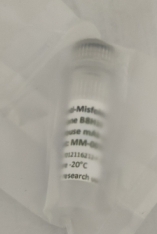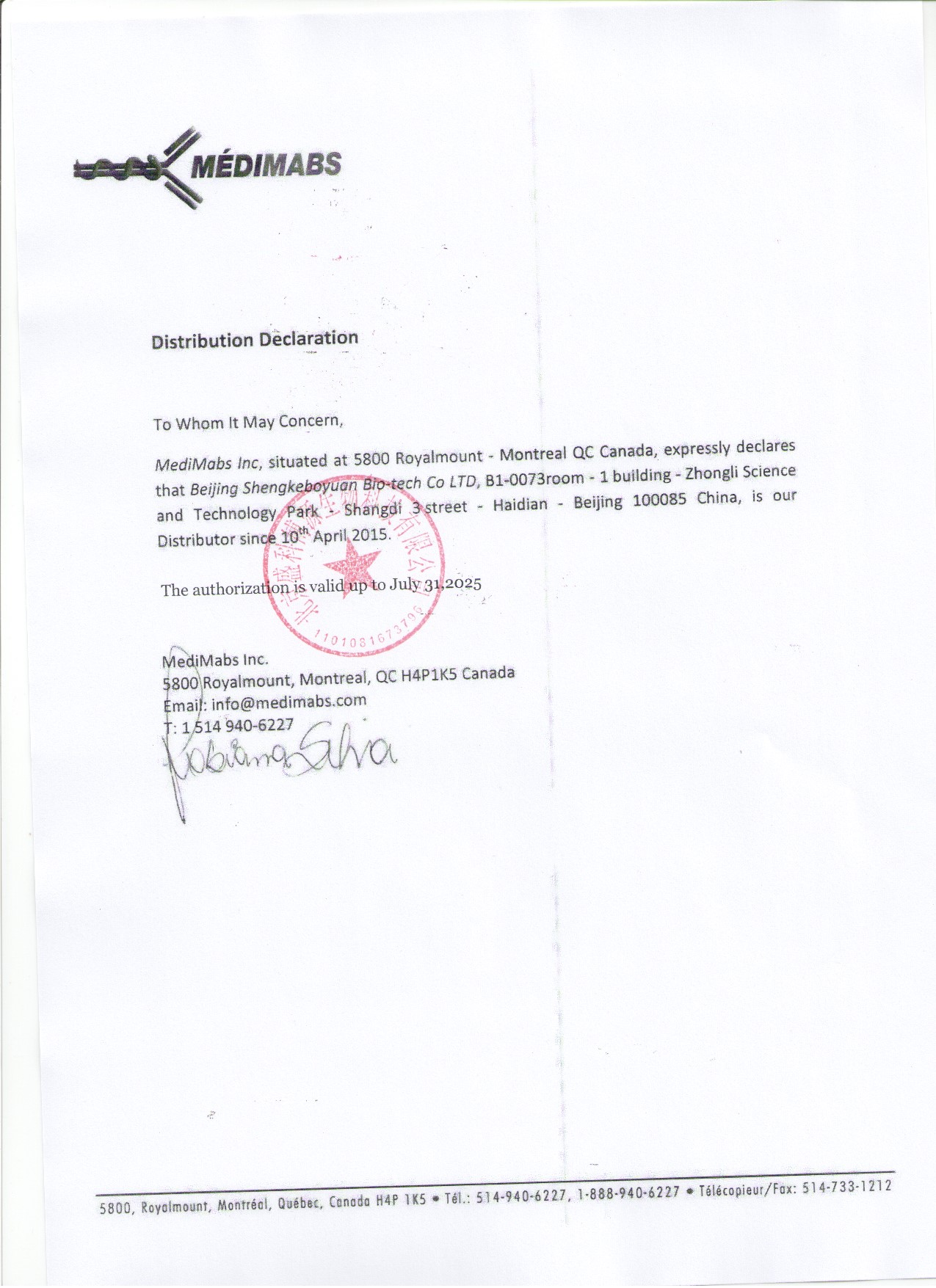 首页>
生物试剂
首页>
生物试剂
商家描述
商家资质信息
产品评价(0)
Target
Centaurin gamma 1 (AGAP2)
Target background
Centaurins are a family of proteins that contain an Arf-GAP domain, ankyrin repeats and PH (pleckstrin homology). The human centaurin gamma subfamily is represented by three isoforms, centaurin gamma-1, centaurin gamma-2 and centaurin gamma-3, which are highly similar in primary structure. Centaurin gamma 1 is an enzyme that in humans is encoded by the AGAP2 gene and it is found mainly in the nucleus. It interacts with phosphoinositide 3-kinase regulatory subunit alpha (PIK3R1), Homer protein homolog 1 (Homer 1) and Band 4.1-like protein 1 (EPB41L1). Centaurin gamma 1 has been shown to be involved in small GTPase mediated signal transduction, regulation of ARF GTPase activity and negative regulation of neuron apoptosis.
Specificity
A specific antibody against the human centaurin gamma 1 protein (AGAP2).
Clone ID
---
Preservative
None
Format
Lyophilized serum
Recommend starting dilution
If reconstituted with deionized water in 100 µL: WB: 1:200 (15 min at 37 ºC), or 1/5000 (incubation ON at 4 ºC); IP: native condition, 10 µL of serum per sample. Optimal dilution has to be determined by the user.
Limitations
Research Use Only
Storage
Lyophilized antibodies can be kept at 4ºC for up to 3 months and should be kept at -20ºC for long-term storage (2 years). To avoid freeze-thaw cycles, reconstituted antibodies should be aliquoted before freezing for long-term (1 year) storage (-80ºC) or kept at 4ºC for short-term usage (2 months). For maximum recovery of product, centrifuge the original vial prior to removing the cap. Further dilutions can be made with the assay buffer. After the maximum long-term storage period (2 years lyophilized or 1 year reconstituted) antibodies should be tested in your assay with a standard sample to verify if you have noticed any decrease in their efficacy. To limit antibody loss or degradation, BSA (final concentration 1%) and sodium azide (final concentration 0.02%) can be added to the suggested first dilution. It is important to first verify if those preservatives are compatible with your assay.
 会员登录
会员登录.getTime()%>)
 购物车()
购物车()

 成功收藏产品
成功收藏产品
